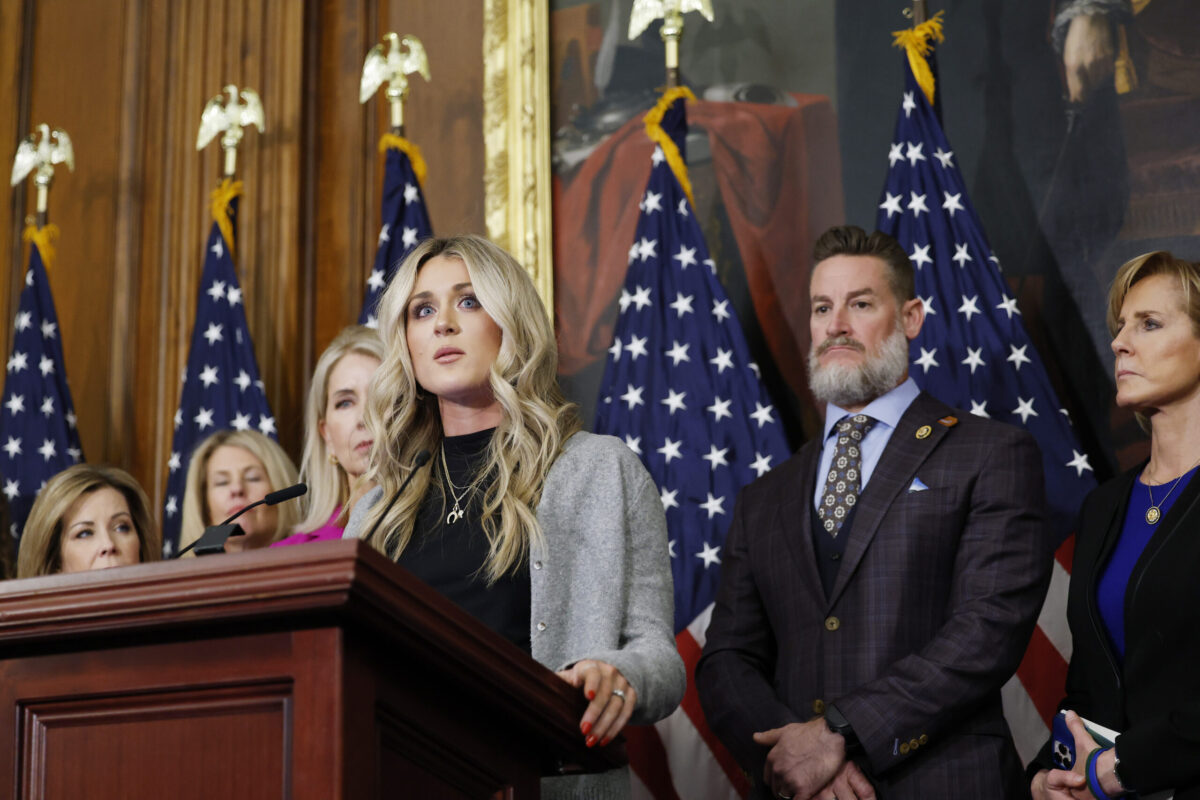American workers need dignified uniforms


When you look at old photos, you notice a lot of different things. Different cars, different clothes, different kinds of houses. More suits on men, more dresses on women.
One affirms dignity. The other induces a sense of childlike silliness.
No iPads, no tattoos, blocky TVs that looked like furniture, and big long station wagons.
You also notice that the workers wore clothes that were a lot nicer. All across the board, the average work uniforms of the past were nicer than they are today. A grocery clerk from the old days dressed with greater dignity than half the people you might find at a wedding in 2024. And the average worker in 2024 wears a uniform that can’t possibly do anything other than depress him. It’s sad but true.
The store uniforms we see these days tend to be graphic T-shirts with stupid little designs on the back. Of course, I would love to see nicer uniforms because I want everyone to dress better, and I would much rather look at decent clothes than ugly clothes; the beautification of our society starts with ourselves, and we can all make a difference. But the argument for nicer store uniforms isn’t only about what’s pleasant for others to see. It’s about the dignity of the worker and the quality of his life.
If I worked at a store and my uniform was a bright blue graphic T-shirt with a cartoonish design on the back, I really wouldn’t feel very good about what I was wearing. If I had to wear this uniform every day, I would feel silly and stupid. Infantilized.
It would be hard to take myself and my job seriously. If I was stuck working some stupid job I hated, wearing some dumb silly shirt every day would only make the whole situation worse.
I’m sure an argument for these graphic T-shirt uniforms is comfort. I’m sure the workers say they are comfortable, and the owners want their workers to be comfortable. Our society worships comfort, after all. It’s one of our great idols in 2024. The road to slob-world is paved with comfort. And while, of course, comfort matters, it’s not the only thing that matters.
You can sacrifice dignity for the sake of comfort. We do it every day in our culture. Furthermore, it must be said that a graphic T-shirt isn’t necessarily more comfortable than a properly fitting 100% cotton button-up.
Look at old photos of the past to see what properly fitting uniforms should look like. Full-cut pants with room to move easily. Loosely fitting button-ups with ample fabric around the midsection, chest, and biceps. The sleeves were easily rolled up with no constriction or an overly tight fit. Simple, dark shoes. The modern world of the 20th century was built in this simple uniform.
These clothes are no less comfortable than a pair of jeans and a graphic T-shirt. In fact, they are, believe it or not, more comfortable. People just don’t realize it. And the difference between this simple, basic uniform and the infantilizing graphic T-shirt is night and day. One affirms dignity. The other induces a sense of childlike silliness.
Workers deserve dignity. I know when you read that, you might expect to read next about insurance, time off, and workplace safety and not clothing and style.
But clothes matter, and they matter to everyone. A more dignified workforce means a more dignified society, and we all deserve a more dignified society. Nicer uniforms — uniforms that affirm the dignity of man — don’t need to be expensive. They don’t need to be finely made or particularly fancy. They can be simple and utilitarian. They just need to be dignified and serious. They need to command some kind of authority and purpose.
This was essentially how all uniforms looked in the past. The goofball uniform wasn’t a thing. There was an unspoken assumption that a uniform should convey seriousness. That assumption followed another assumption that adults should convey seriousness as well. This was the basic order of society.
Times have changed. The uniforms aren’t serious today because the society isn’t serious today. Men today are more likely to wear clothes that make a joke than clothes that make a statement of seriousness. Strength and beauty are not considerations for most people today when putting together an outfit. They should be; they were for most of history, but not today.
All of this has a terribly negative impact on the general psychological state of people in the America of 2024, but it compounds for the worker whose uniform feels more like an insult to injury than anything else.
Why require workers to wear something that is stupid and undignified? If workers are required to wear a uniform, let it be a uniform of dignity. It’s better for the worker, better for the customer, and better for the general aesthetic health of our society.
Originally Published at Daily Wire, Daily Signal, or The Blaze
What's Your Reaction?
 Like
0
Like
0
 Dislike
0
Dislike
0
 Love
0
Love
0
 Funny
0
Funny
0
 Angry
0
Angry
0
 Sad
0
Sad
0
 Wow
0
Wow
0

































































